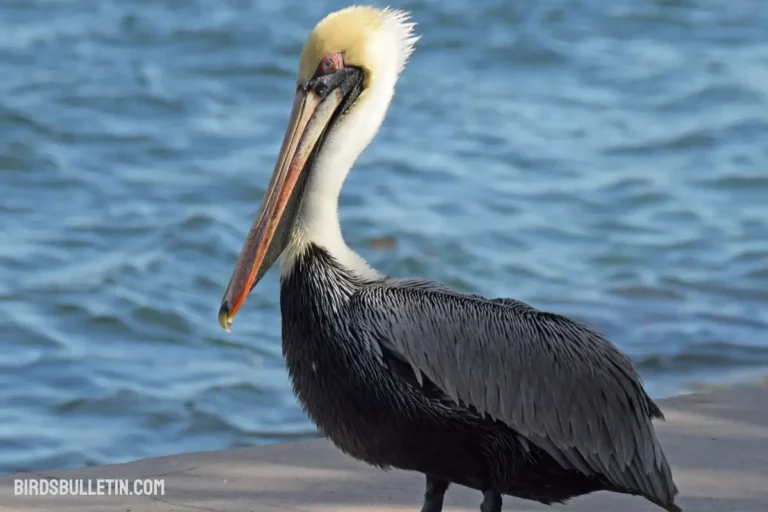Lagopus Lagopus Rossica Overview
The Russia willow ptarmigan, sometimes called the Baltic ptarmigan, this grouse is adapted to the boreal forests and bog habitats of the region. The Russian willow ptarmigan plays an important ecological role while facing threats from habitat degradation and hunting pressure.

Looking for more overview about bird subspecies:
Scientific Classification
- Kingdom: Animalia
- Phylum: Chordata
- Class: Aves
- Order: Galliformes
- Family: Phasianidae
- Genus: Lagopus
- Species: L. lagopus
- Subspecies: L. l. rossica
This is one of 16 subspecies of the circumpolar willow ptarmigan species. It exhibits some unique plumage features.
Identification
The bird is a medium-sized ptarmigan with cryptic plumage. In winter, its plumage is snow-white except for black tail feathers. Summer and transitional plumage is mottled brown, black, and white. It is distinguished by more vivid coloration and bolder barring than other subspecies.
Location
The Russia willow ptarmigan occupies the Baltic states and central Russia, with a range extending from Estonia to the Ural Mountains. It inhabits boreal forest and bog habitats within this region.
Interesting Facts
- Ptarmigan chicks hatch with precocial down and can feed independently.
- Males perform aerial displays during mating season as part of courtship.
- Ptarmigan molt twice yearly, changing plumage between winter white and summer camouflage.
- They feed primarily on buds and twigs of willow, birch, and other vegetation.
- Russia willow ptarmigan sometimes perches in trees, unlike other subspecies.
Status And Conservation
It has a relatively widespread range and a large total population. However, within that range, it faces threats from habitat degradation through logging and agricultural reclamation. It is also popular as a game bird. Ongoing conservation efforts will focus on habitat protection and sustainable hunting practices. Its IUCN status is Least Concern.
Frequently Asked Questions
01. How does the Russian willow ptarmigan survive harsh winters in its northerly range?
It has insulating cryptic white winter plumage and feathers covering its toes to act as snowshoes. Ptarmigan also burrows into snow for shelter and insulation.
02. Why does the Russian willow ptarmigan have more vivid plumage than other subspecies?
The bold color patterns are thought to provide better camouflage in the boreal habitat of brush, trees, and snow.
03. What ecological role does the Russian willow ptarmigan fill?
As a prey species, it is an important food source for predators like foxes and raptors. Ptarmigan also influence vegetation by feeding on buds, shoots, and twigs.
Summary
The Russia willow ptarmigan is a distinct subspecies of ptarmigan occupying the forest and wetland environments of northeastern Europe and central Russia. Its cryptic plumage provides camouflage within this boreal habitat. Conservation of intact boreal ecosystems will be important for preserving this subspecies into the future.







